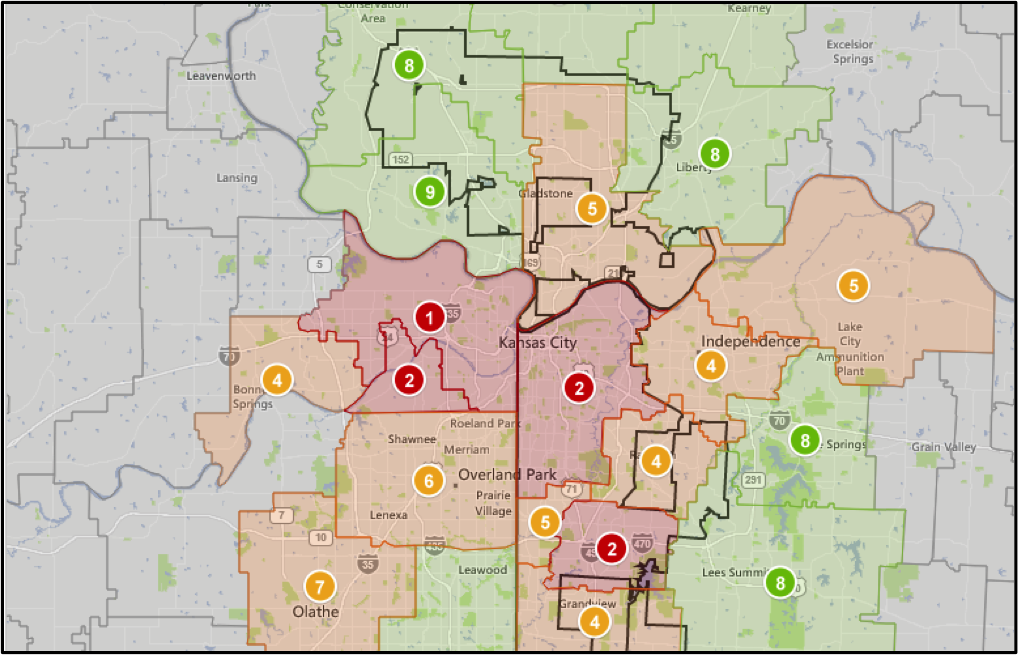Moving? 3 Tips to Help Find the Best School
Springtime is a popular season for moving to a new home. Some families are relocating to new, unknown cities for a parent’s job. Others are considering a move across town to get more room for the kids, or prepare for school entry.
Regardless of the reason, parents often stress the educational options of a community when they consider the location of a new home. I am commonly asked about how to find out information about local schools before considering a move.
-How can we begin the search when we don’t know anyone in [enter new city name]? How can we learn more about the schools in the KC area? What are my child’s education options if we don’t move? What tools can we use?-
To answer these questions, I turned to my friend Nick Elam at Zillow. Nick has knowledge of the real estate market, in addition to an understanding of the type of information parents need when shopping for a new home and new school.
He offers some great resources to consider in this guest post.
How to Compare Kansas City Schools Before Moving
By Nick Elam
Moving is complex. Finances, jobs and daily routines are all simultaneously in flux. Moving with children only increases stress when parents are unsure about the schools their children might attend. One way to curb this moving stress for the whole family is using good resources to research quality schools. Being knowledgable about the best education options for your family will narrow down suitable locations for the move.
1. Determine the type of school to fit your child and family needs. Public, private and charter schools all provide different structures and approaches to education. Public schools are free, but often suffer budget cuts and high student-to-teacher ratios. Private schools or religious usually have higher test scores, yet require substantial tuition costs. Charter schools allow teachers more freedom to design curriculum, but smaller class sizes and less funding per pupil make enrollment competitive. Deciding on one type points parents in the right direction to suitable neighborhoods.
2. Once your list of possible school types has narrowed, compare the performance levels of individual schools to determine the quality of education offered. GreatSchools is an exhaustive resource for in-depth comparisons of schools’ test scores, subject proficiencies, parental reviews and college preparedness. Based on a 1-10 scale, GreatSchools applies a rating of 10-out-of-10 to schools measuring well-above their state averages. Simple demographic information can also be found at the National Center for Education Statistics which may add value to your research.
3. While school type and test scores point to a school’s performance, they don’t portray the entire student experience. Parents should actively seek parental feedback to fully evaluate whether schools fit their children’s needs. Casually contact parents and ask about their child’s experience. Keep in mind that every student is different, so seeking multiple opinions paints the most thorough picture. Visit school websites to identify PTA representatives and community blogs to connect with local parents to make more informed decisions. Then prepare for your visit to the school using all the great research and feedback you have obtained.
Comparing these metrics assists families in finding ideal areas with quality schools before relocating. Parents then need to consider neighborhoods, commute and cost of living before identifying the best location to purchase a home. Zillow is a great tool to combine much of this information in one place, plus can be searchable by assigned schools. Although it may be a bit overwhelming, I hope these resources make the search much easier.


